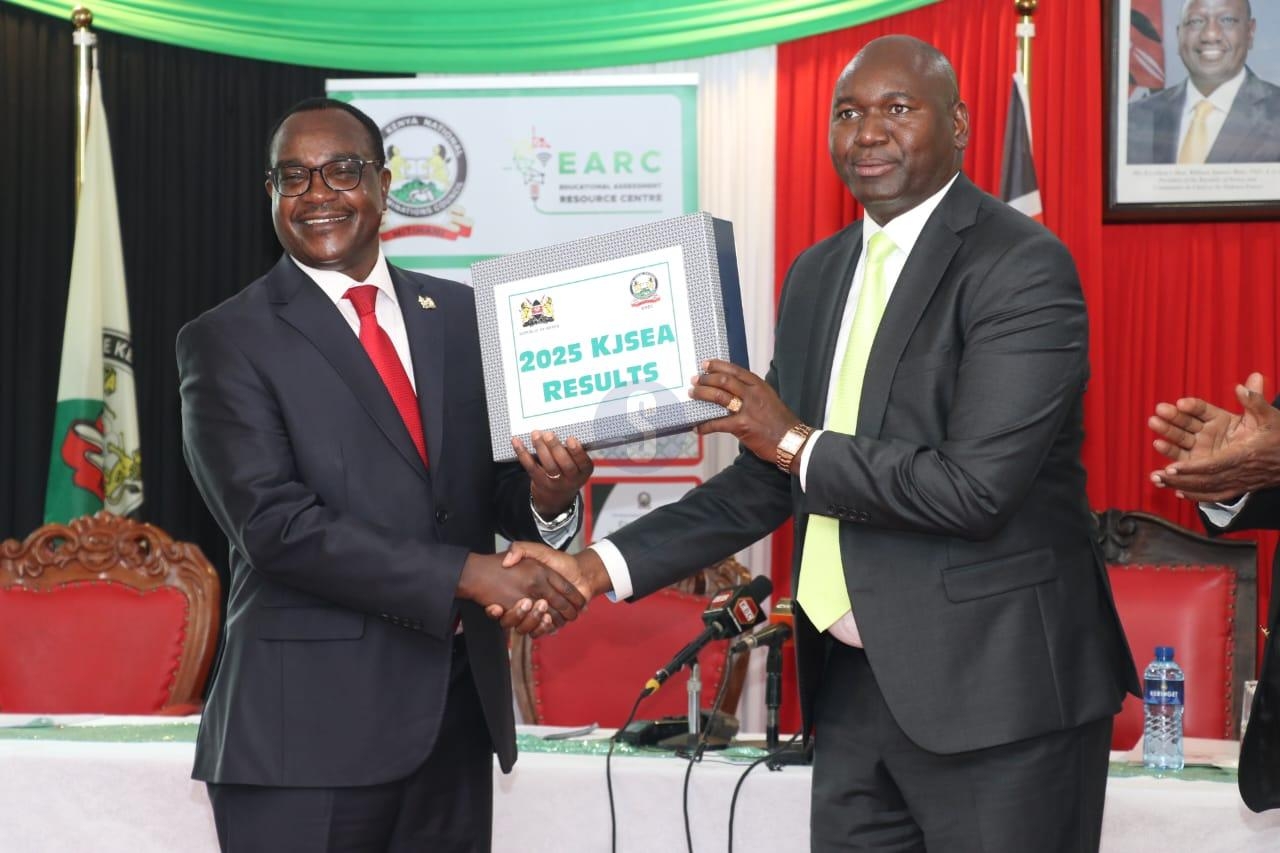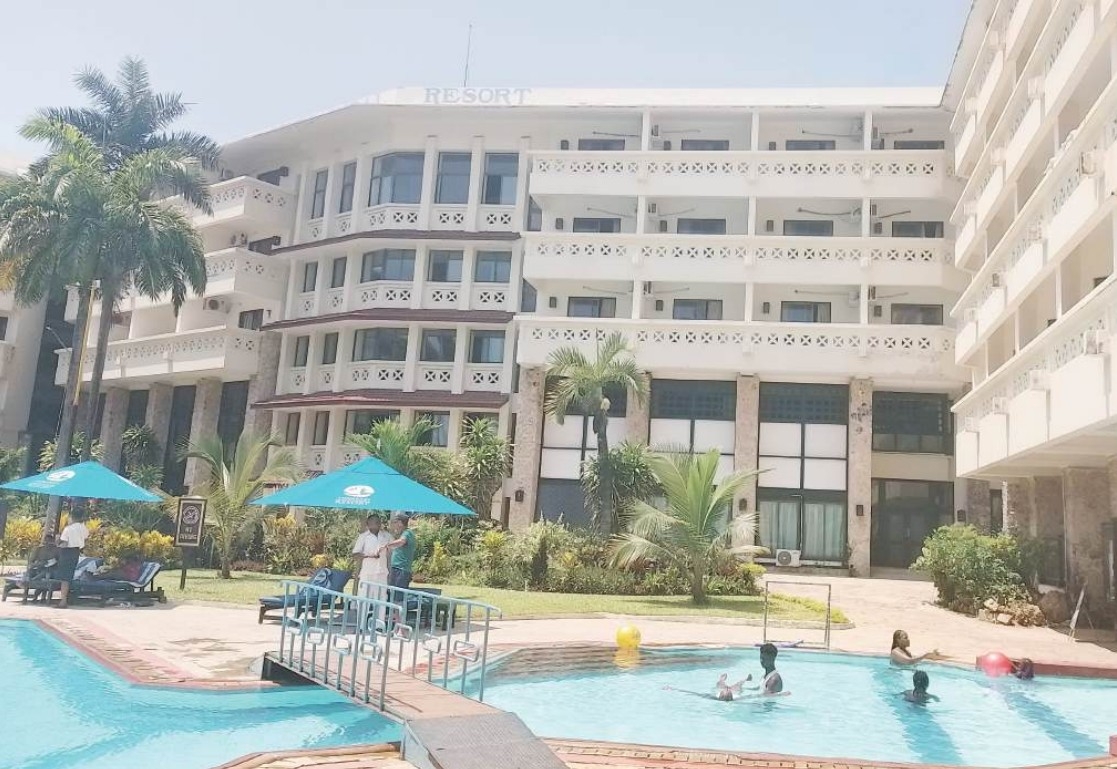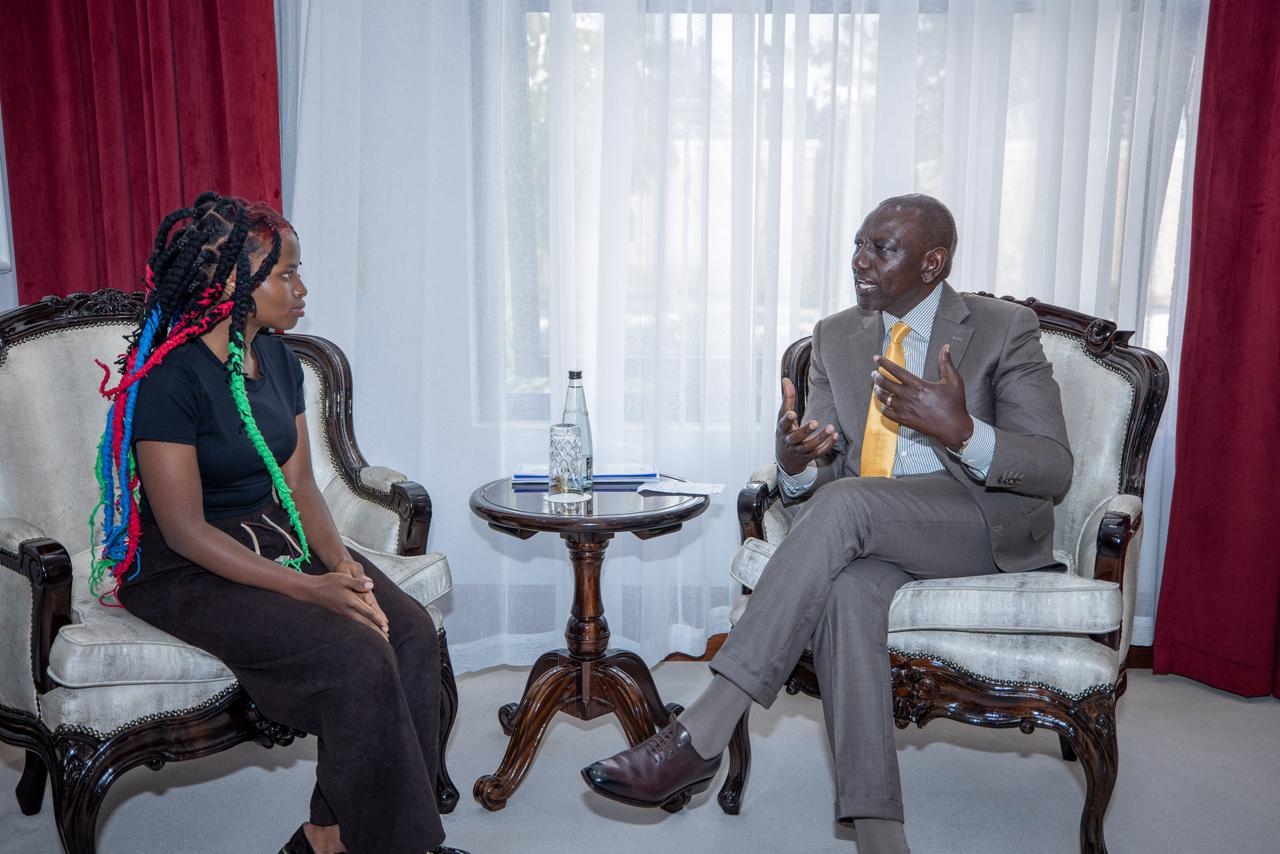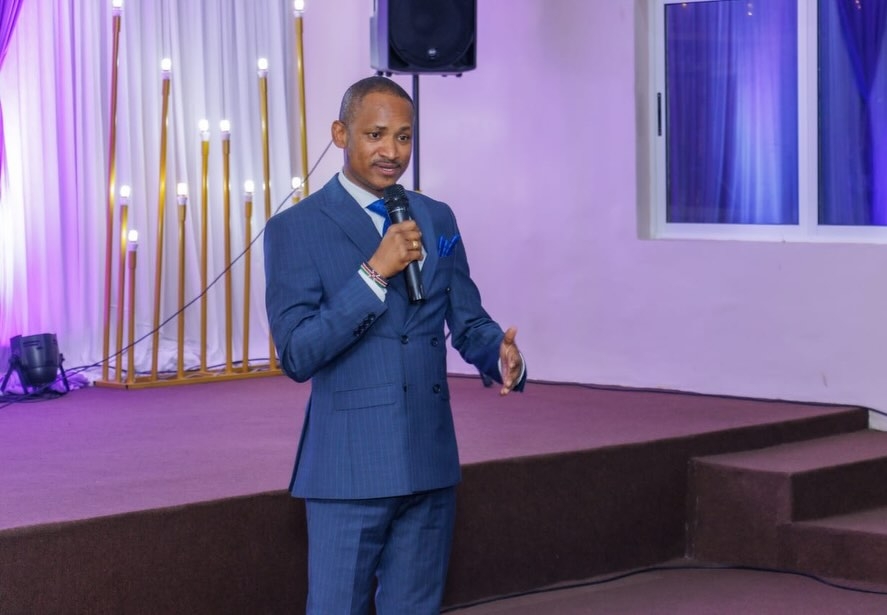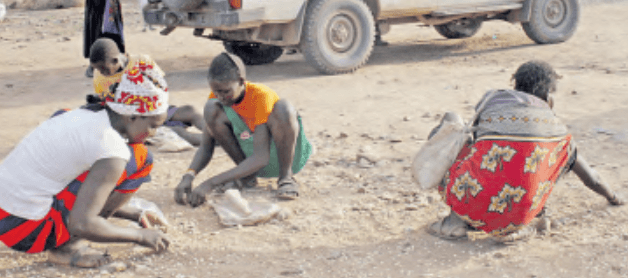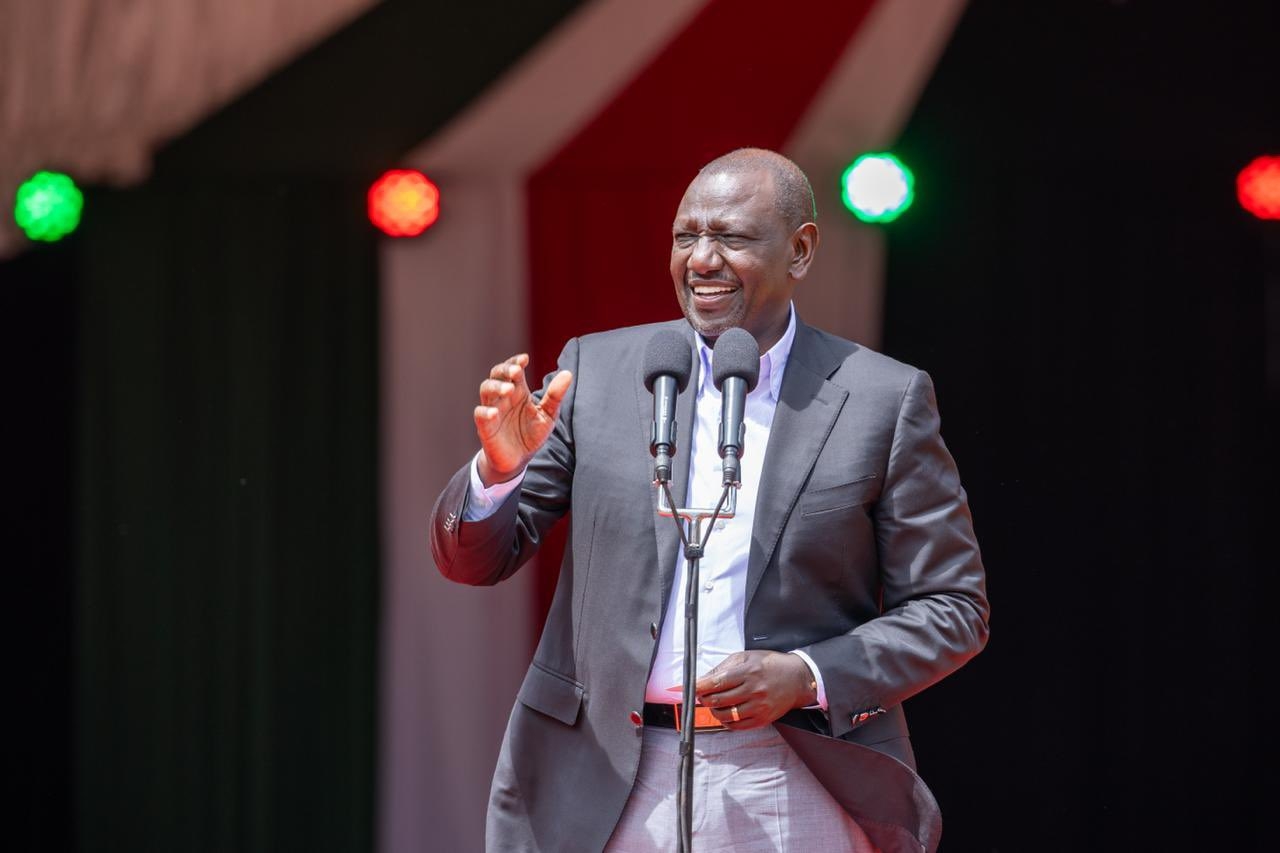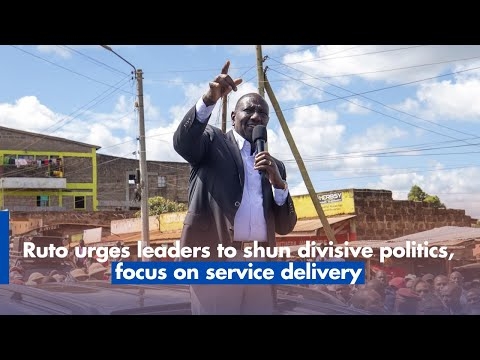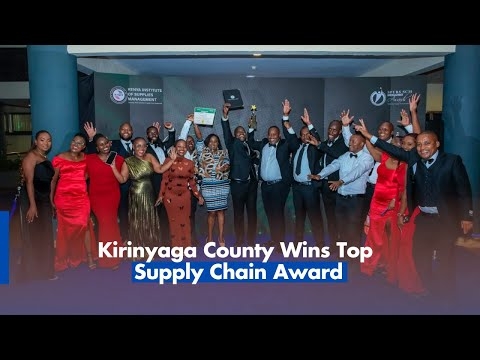
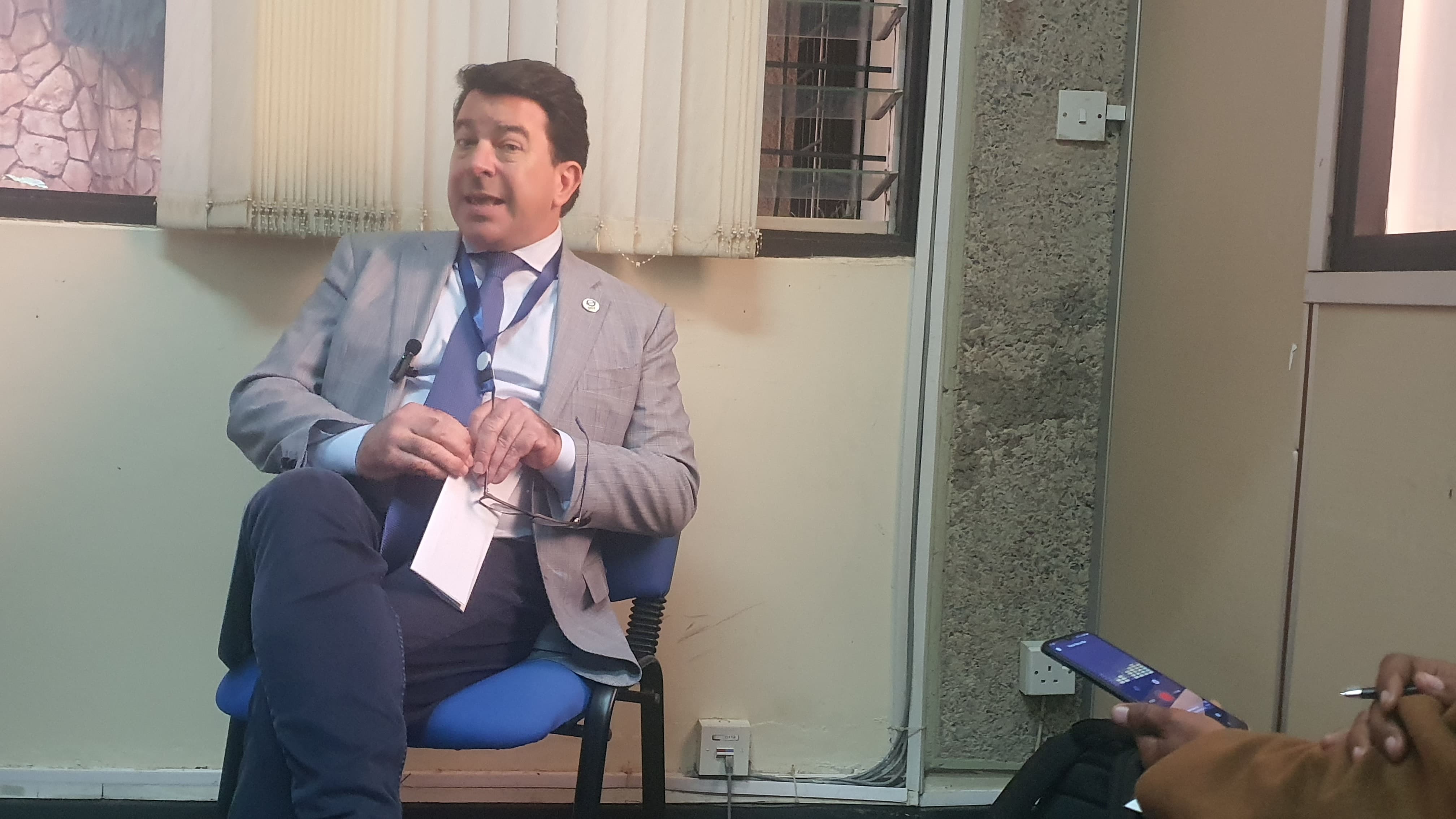
Kenya is among countries seeking to benefit from resources
allocated by the Global Environment Facility (GEF) to address the three
planetary crises: pollution, biodiversity loss and climate change.
GEF’s Head of Programming Fred Boltz announced that the
ninth replenishment cycle of the fund is currently underway.
“The GEF 9th replenishment cycle began earlier this year. We
held our first meeting in May in Paris. The cycle includes four meetings and
will conclude in March next year with a pledging session,” Boltz said.
He spoke on Thursday at Gigiri, on the sidelines of the
Twentieth Session of the African Ministerial Conference on the Environment
(AMCEN-20), held from July 14 to 18. The conference, themed “Four Decades of
Environmental Action in Africa: Reflecting on the Past and Imagining the
Future,” also marked AMCEN’s 40th anniversary.
Since its inception in 1985, AMCEN has been a vital platform
for African nations to collaboratively address pressing environmental
challenges. Through its sessions, the forum has facilitated the adoption of
critical resolutions that have helped shape regional policies and elevated
Africa’s role in global environmental governance.
In Kenya, the GEF supports numerous projects spanning key
environmental areas such as biodiversity conservation, climate change
mitigation and adaptation, land degradation and sustainable forest management.
These efforts often involve community-based initiatives, capacity-building at
the local level, and the promotion of sustainable land-use practices.
One such initiative is a $10.6 million GEF-8 project focused
on human-wildlife conflict mitigation and community empowerment, according to
the Ministry of Tourism and Wildlife.
Another, the Global Wildlife Programme, promotes
wildlife-based economies and generates economic value from habitat and wildlife
conservation.
Kenya is also a participant in the Sustainable Forest
Management Impact Programme, which focuses on sustainable dryland landscapes.
Additional GEF-supported efforts include sustainable land
management, water and sanitation projects, and the small grants programme,
which has funded over 400 community-led projects in Kenya since 1993.
Regarding the ninth replenishment, Boltz noted that while
negotiations are ongoing and pledges are not yet finalised, there is optimism.
“We’re hopeful the replenishment will reach levels that
match or exceed the last round, which was the largest in GEF’s history,” he
said.
Despite global declines in official development assistance,
Boltz said that investments in the GEF are not expected to diminish.
As head of the programming division, Boltz oversees all GEF
funding allocations for biodiversity conservation, climate change mitigation,
desertification control, and land degradation prevention. His team also manages
programmes related to transboundary freshwater and marine ecosystems, pollution
prevention and hazardous waste management.
The GEF collaborates with roughly 150 recipient countries to
support their environmental and sustainable development goals.
Since its founding in 1991, the GEF has invested
approximately $7.7 billion in Africa—roughly one-third of its total global
investments. These contributions have mobilised more than $50 billion from
governments, implementing agencies, and partners.
Breakdowns of the GEF’s investments include:
$2.98 billion for climate change mitigation
$2.01 billion for biodiversity
$860 million for land degradation
$771 million for international waters
$667 million for chemicals and waste
$221 million for multi-focal areas
Over the past three years alone, the GEF has mobilised more
than $1 billion for Africa to support efforts aligned with the Kunming-Montreal
Global Biodiversity Framework.
These are grant-based resources, dedicated to helping
countries achieve tangible environmental outcomes. In the past 30 years, the
GEF has supported the creation of over 160 new protected areas across Africa
and improved the management of more than 480 existing ones—together covering
more than 280 million hectares, an area nearly five times the size of Kenya and
over one-tenth of the African continent.
Among the GEF’s most transformative partnerships is the
Great Green Wall Initiative, launched in 2007 by the African Union.
This bold project seeks to restore degraded landscapes
across the Sahel and uplift millions of lives.
Currently being implemented in 22 countries, it unites
African governments and international partners under the leadership of the
African Union Commission and the Pan-African Agency of the Great Green Wall.
More than $14 billion has already been pledged to support
its implementation.
Despite these significant strides, Boltz lamented that
environmental outcomes are still not adequately reflected in traditional
economic metrics.
“We must begin to measure environmental integrity as a core indicator of economic performance and success,” he said.



